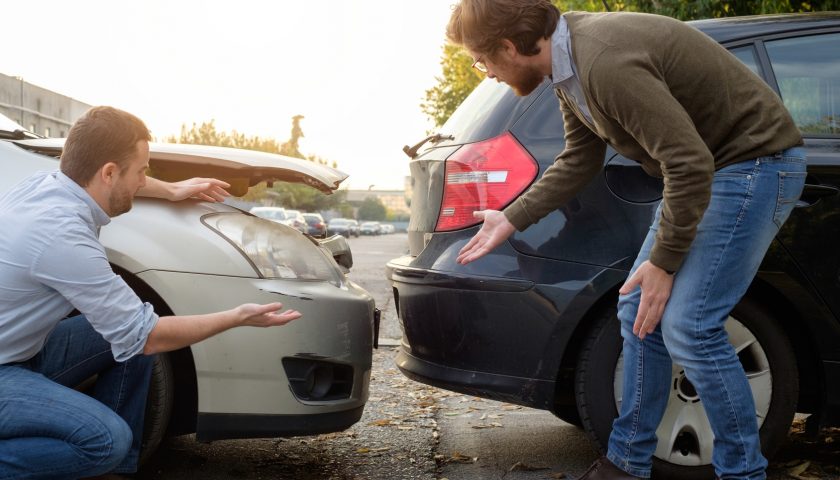According to the National Highway Traffic Administration, an estimated 11,070,000 vehicles were involved in police-reported traffic crashes in 2015.
Unfortunately, no matter how hard you try to avoid them, car crashes happen. So it’s important to keep a clear head and take control of the situation.
A car accident can change your life in an instant. These are a few things you can do for both your vehicle and yourself to get back to normal quickly.
1. What to Do Immediately Following a Car Accident
Make Personal Safety a Priority
This means you must stay calm. That way you can focus on your top priority which is to make sure yourself and others involved are okay.
If you’re able to, check with other drivers and passengers to determine whether 911 needs to be called. If anyone complains of back or neck pain or is unconscious, do not attempt to move them. The only time this is necessary is if it’s more dangerous for them to stay where they are.
If the accident is fender-bender and the cars are drivable, move them out of the way.
Contact Authorities
Regardless of the accident severity, calling the police is recommended by most insurance companies and is legally required in many states. Request a police report be filed and make note of the name and badge numbers of responding officers.
An official police report will often be used by insurance companies to determine liability.
2. At the Scene of a Car Accident
If there are no major injuries and the scene is secure take the next three steps:
Exchange Information
You’ll want to exchange the following information with the other driver:
- Name
- Vehicle make, model, license plate, and VIN
- Insurance agent name and phone number
- Insurance policy number
Note: Many people believe they should give driver’s license numbers, addresses, and telephone numbers. But, to protect your identity the DMV suggests only giving the information listed above.
Document the Accident Details
Recording details about the accident itself may be useful and needed in the future. Write down at least the following:
- Date and time of the accident
- The accident location — make note of the nearest cross streets if a police report is not filled out
- The traffic and weather conditions when the accident occurred
- How the accident happened
- Brief descriptions of visible damage to all vehicles involved
- Number of drivers and passengers involved
- Names of any witnesses
Pull out Your Smartphone
And photograph everything.
Photographically document everything written above. And you may also want to get shots of any property damage, and obstacles that may have contributed to the accident, and even skid marks if present.
1. After the Car Accident
Contact Your Insurance Company
Relay the facts of the accident clearly and truthfully. If an accident report was filed let them know that you will request a copy from the police. (Although your insurance company will also do this, it’s a good idea to have a copy for yourself.)
Whatever you do, NEVER admit fault. Leave that up to the insurance company to decide.
Schedule a Physical Exam
Besides being a little shook up, you might feel alright immediately after an accident. Some injuries are not readily noticeable.
Schedule an evaluation with a reputable company such a Personal Injury Doctor Now car accident. You’ll want to get checked out and receive advice from a medical professional. It’s never a good idea to self-diagnose.
It’s important to do this right away so there can be no question as to the cause of any injuries incurred.
Final Step
If you’re fortunate enough that your vehicle only suffered minor damages, then your next step is to begin repairs.
If you happen to be a DIY kind of person, make sure to check out our extensive collection of vehicle repair manuals. We have thousands of makes and models.

